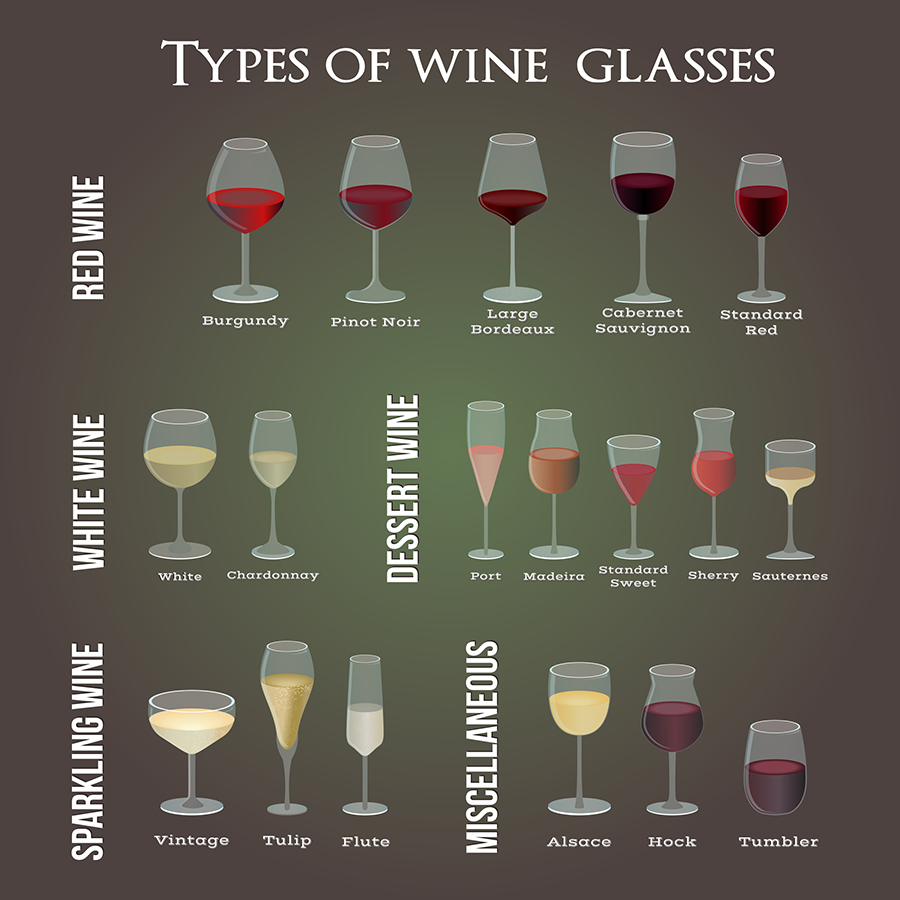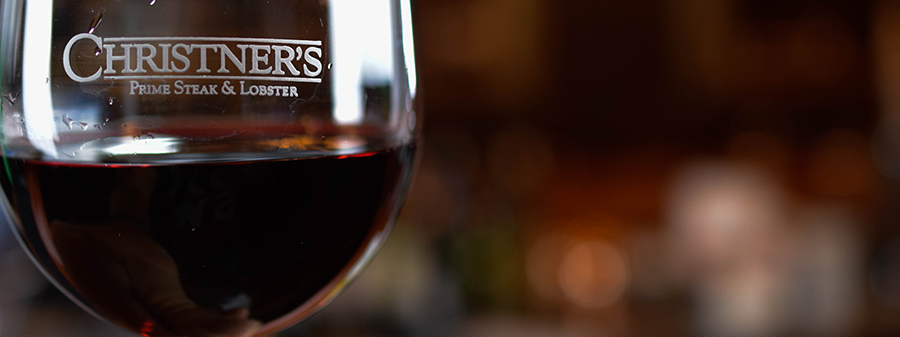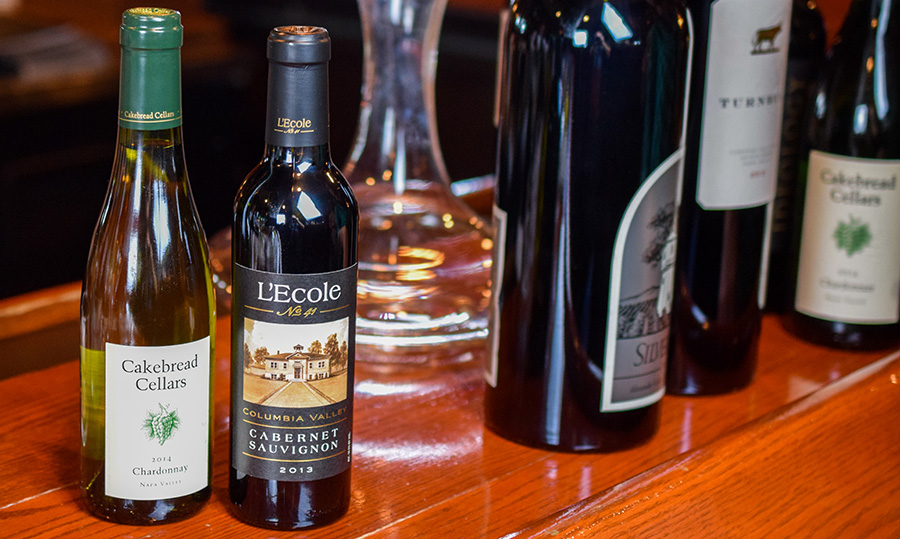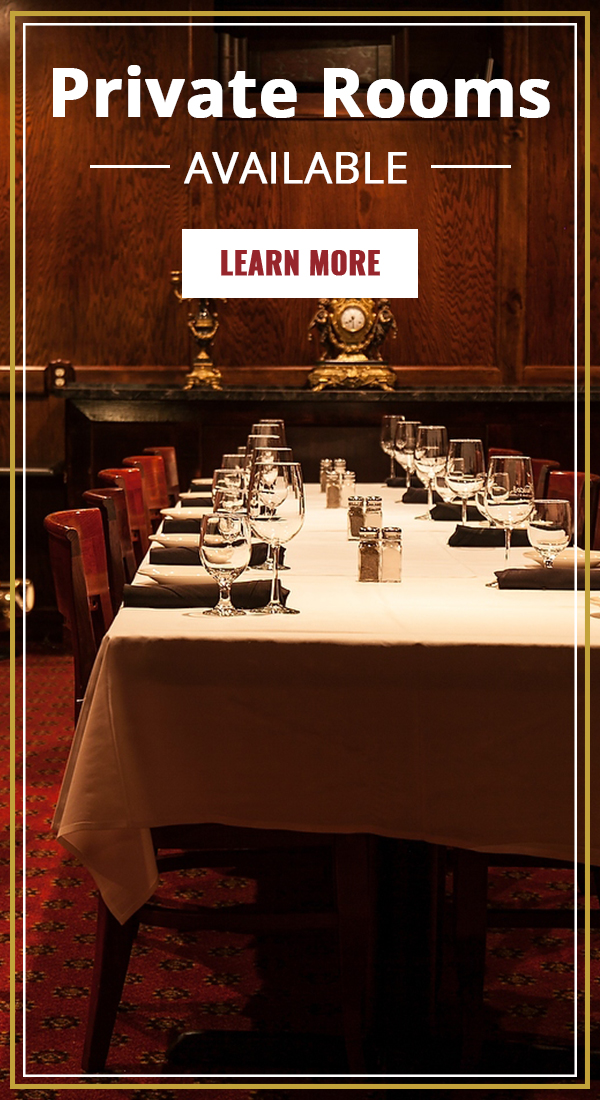Which Glass for Which Wine: Wine Glass Guide
Aug 24, 2020

All wine glasses are essentially the same, right? Not exactly. The glass your wine is served in can completely change its taste, providing you with different experiences for better or for worse.
Wine glasses are designed to showcase the best assets of the wine it is intended to serve. And while there are standard glasses that can be used for a variety of wine types, the best experience comes when you drink wine out of the right wine glass.
The bowl shape of wine glasses (which don’t bow out like a Martini glass or align straight up and down like other glasses) is engineered to focus the aromas of the alcohol right at the rim of the glass. As we lift the glass to drink this aligns our nose to the opening and both taste and smell work together to experience the aromas the wine produces. The intensity of these aromas depends largely on the diameter of the bowl in relation to the diameter of the rim.
The shape of the wine glass also changes how we drink from it and how the wine flows as we drink. Narrow glasses make us told our heads back while wider rims encourage us to drink by tilting our heads forward. This changes where the wine hits our tongue and causes different receptors to be triggered resulting in a different tasting experience.
It is the experience of taste, scent, texture, and temperature combined that gives us an overall sense of flavor while we drink wine. This proves how important it is to drink from the right wine glass to truly experience the best qualities of your favorite wine.

The Anatomy of a Wine Glass
Before we get into the specifics, you need to understand the basic parts of a wine glass.
Rim
The rim’s diameter compared to the surface area at the largest point of the bowl work together to bring out the best characteristics in your wine. For example, smaller rims trap the aroma of the wine until you sip.
Rim thickness is also something to consider. Although, for the novice wine-drinker, the thickness may not change the experience much. For those who know their wine well, a thin rim is always preferred. This eliminates the thick rim or ‘speed bump’, characteristic of cheaper quality wine glasses, which can inhibit the flavor of the wine.
Bowl
The bowl, or cup, is what defines what wine should be served in it. This part of the wine glass may have patterns, embellishments, or other designs to give the glass personality.
Different bowl shapes will change the way a wine smells and tastes. This can improve or worsen your experience with a specific wine. That’s why it’s so important to pick the right glass for your wine.
Stem
The stem determines the glass height. It connects the bowl to the foot. But, it isn’t the most important part of wine glasses. In fact, many modern designs are seamless or have fluted bowls that don’t have a stem at all.
Foot
The foot, or base, is what provides the glass with its stability. These are obviously important. You wouldn’t want your glass to tip over and waste any of your favorite wine.
There are a few situations where a foot is nonexistent on a wine glass. This happens when a stemless glass has a flat bowl or if you buy a specialty glass with a cone for resting it upright.
Red Wine Glasses

Red wine glasses are designed to tone down the bitterness for a smoother experience. This is why you’ll find red wine glasses with larger bowls and wider rims.
Burgundy
Burgundy glasses have a very large, broad bowl. This pulls into a narrower rim that places the wine directly on the tip of the tongue for more poignant flavor.
We suggest this wine glass for light and delicate reds.
Pinot Noir
Pinot Noir glasses have a balloon-shape to the bowl and rim and are ideal for opening up the subtle flavor profiles within a glass of Pinot Noir.
We recommend using this glass for Pinot Noir, although you can also enjoy the flavors profiles of Burgundy and other reds using this glass.
Cabernet & Bordeaux (Traditional Red)
This wine glass is probably the most recognizable of the wine glasses and is commonly used for a number of wines. Although, it is best suited for Cabernets. These wines tend to have a high alcohol content and sharp tannin structure.
The wine glass made for these wines has a large bowl with more distance from the wine and the rim. This allows oxygen to soften the tannin structure for a more pleasurable drinking experience. This aeration also brings out the full depth of flavor in your wine.
This wine glass is not suited for lighter wines. Try only pouring rich, reds when you opt for this traditional red wine glass.
We recommend Malbec, Bordeaux, or Cabernet with this glass.
Standard Red
A standard red wine glass has a small opening. This allows flavors to meet the tongue in a way that softens the rich flavors found in red wines.
We recommend this wine glass for medium and full-bodied red wines.
White Wine Glasses

White wine glasses generally have smaller bowls. This is to preserve the floral aromas often present in white wines. It also helps to maintain the cooler temperature of the wine.
While most white wine glasses have a smaller bowl, not all do. For full-bodied white wines, you’ll still want to go with a glass that has a larger bowl. This is to better accentuate the creamy texture of the wine.
Sauvignon Blanc
The Sauvignon Blanc wine glass is tall with a slender bowl. This helps to contain the floral and fruity aromas of the wine to keep them from escaping until you take a sip.
Different rim shapes will cause us to form different shapes with our mouth and tongue while sipping. The shape of the Sauvignon Blanc glass was cleverly designed to guide the tongue into a U-shape to direct the wine for a smoother taste, avoiding triggering the sides of our mouth to detect where were are more likely to pick up the acidity.
Undoubtedly, this wine glass was made for Sauvignon Blanc. But, you can also enjoy other light to medium-bodied wines with a fruity flavor.
Montrachet
Montrachet glasses have large bowls and a large, open rim. This allows for the more complex flavors in wine like Montrachet to open up with exposure to the air. This allows for a widened flavor spectrum and more enjoyable drinking experience.
We recommend this glass for Montrachet and other white wines with complex flavor profiles.
Chardonnay
To amplify the full body of flavors and delight all of your senses, use only Chardonnay glasses when drinking Chardonnay. These have a large rim, possibly the widest of all other wine glasses.
The structure of this wine glass allows for a complete aromatic experience. It provides a tidbit of aeration for a focused aroma and a larger opening for balancing both sweetness and acidity.
For obvious reasons, we recommend Chardonnay with this glass.
Riesling
The Riesling wine glass is quite small, with a smaller rim. As Rieslings tend to be quite sweet, the glass is designed to cut down on the intensity of the sweet flavor with the smaller rim. A smaller rim on a wine glass will send the wine to the back of the mouth avoiding overwhelming the senses with intense sweetness.
We recommend using Riesling glasses for Riesling, Zinfandel, and Sauvignon Blanc.
Sparkling Wine Glasses
Sparkling wine glasses are generally designed with a narrow flute shape to reduce the loss of carbonation triggered by exposure to oxygen.
Flute
As is typical for most sparkling wine glasses, flutes have a shorter stem with a long and narrow bowl. These are designed to contain carbonation and hold the flavor.
Use flutes for younger Champagne or sparkling wines.
Tulip
The tulip glasses look quite a bit like their namesake. These are slim at the base with a wide bowl that narrows before the opening.
The shape of the tulip wine glass is designed to limit carbonation from escaping and guides the aromas in the wine to the tongue instead of to the nose for a better drinking experience.
Use tulip wine glasses for both young and mature Champagne.
Saucer, Vintage, or Coupe Glass
These glasses have a broad and shallow bowl. These are sometimes called vintage glasses due to their resemblance to how 1920’s bubbly dessert champagne was served.
These aren’t very popular today as it causes the carbonation to quickly dissipate.
Use coupe glasses for sweet wines and Champagne.
Rosé Glasses
Rosé glasses should be selected and used based on the age of your Rosé. Is it young or mature? That will help you decide on a glass.
Flared Lip
Flared Lip rosé glasses are generally used for a young rosé. It has a long stem to avoid heat transfer from your skin while holding the glass. The flared rim, which gives it its name, directs the wine to the tongue. This provides a sweet, balanced flavor experience.
You can also use Flared Lip rosé glasses for young white wine.
Slight Taper
Slight Taper rosé glasses are best for a mature rosé. It consists of a short, rounded bowl. It has a slightly tapered rim but not a flared lip as used for the Flared Lip rosé glass.
Dessert Wine Glasses

Dessert wine glasses utilize a narrow rim to avoid evaporation of the high alcohol dessert wines. The shape and rim of most dessert wine glasses are also designed to move the wine to the tip and back of your mouth to allow you to enjoy the sweetness of the wine.
Port
Port wine glasses have a narrow rim to reduce evaporation. This also helps to concentrate the aromas of the wine.
While you’ll most often use these for Port, you can use Port wine glasses for any type of dessert wine.
Sherry
Sherry wine glasses tend to be small glasses. The smaller size is ideal for dessert wines, which will have a higher alcohol content than other types.
While you’ll most often use these for Sherry, you can use Sherry wine glasses for any type of dessert wine.
Other Types of Wine Glasses
There are a number of other wine glasses created for specific uses. You won’t find these as often and you’ll rarely be served with one while out dining at a restaurant. But, for the wine enthusiast, these can be fun additions to your collection.
Stemless
Many people opt for purchasing a stemless wine glass set to avoid breaking the delicate stem. These types of glasses also do better in the dishwasher than glasses with stems.
Keep in mind what you pour in a stemless wine glass. You will be holding the glass by the bowl and your body heat can actually warm the wine, causing a less than ideal experience with the wine.
Hock
Hock wine glasses have a long stem and a small bowl. The shape of this glass is built to place the wine on your tongue to trigger certain taste buds to experience the sweetness.
This wine glass is recommended for use in serving any young or sweet wine.
Try a Glass at Christner’s
If you’d like to try a glass of wine, visit our location in Orlando. At Christner’s, we have more than 4,500 bottles of wine to choose from. If you want assistance in selecting a wine, our in-house sommelier is happy to assist you with finding pairings.
View Our Wine ListFor informational purposes only.

